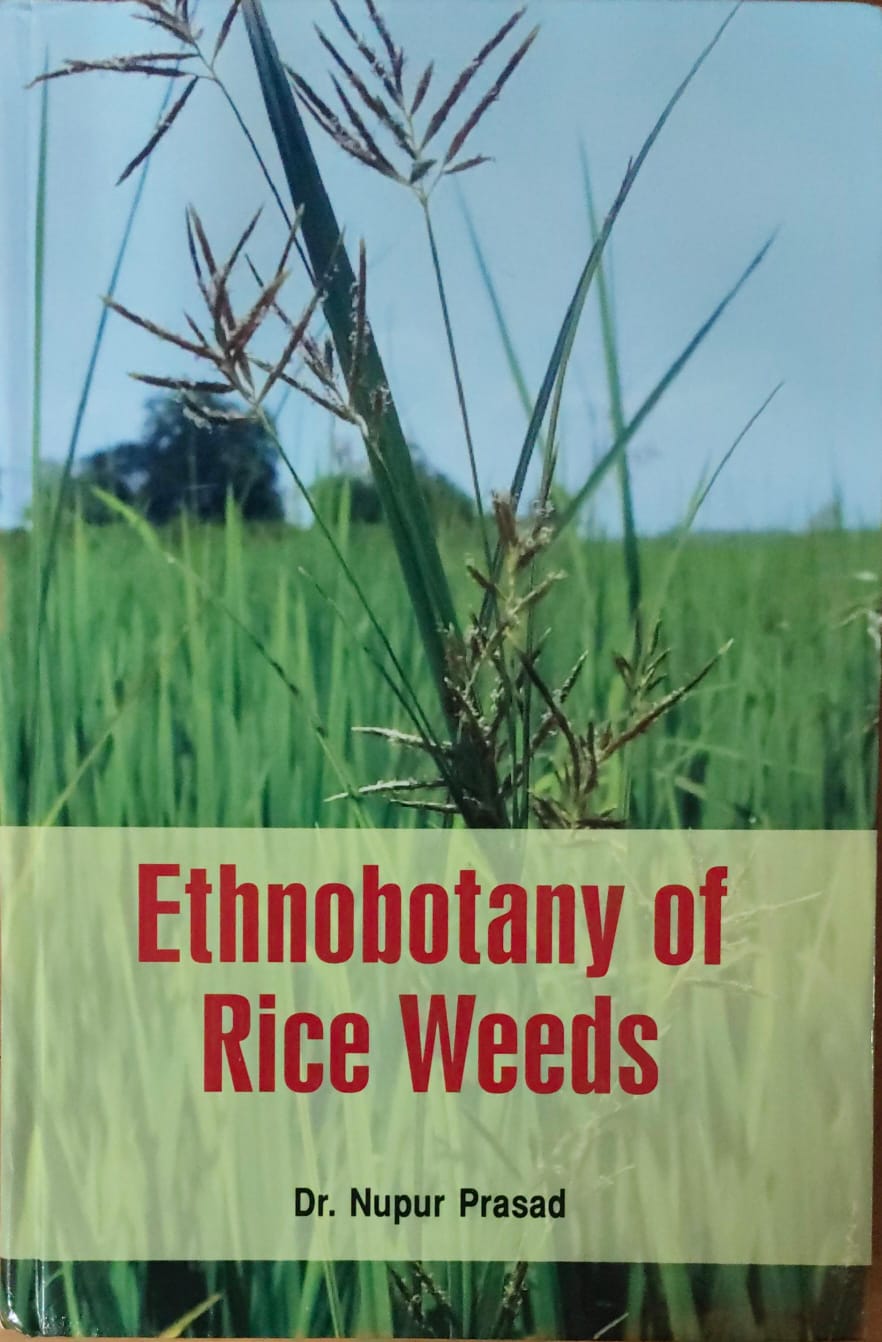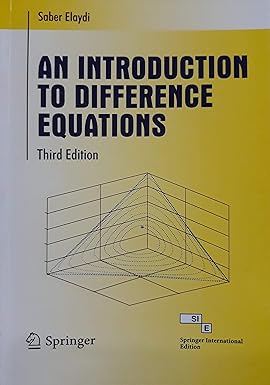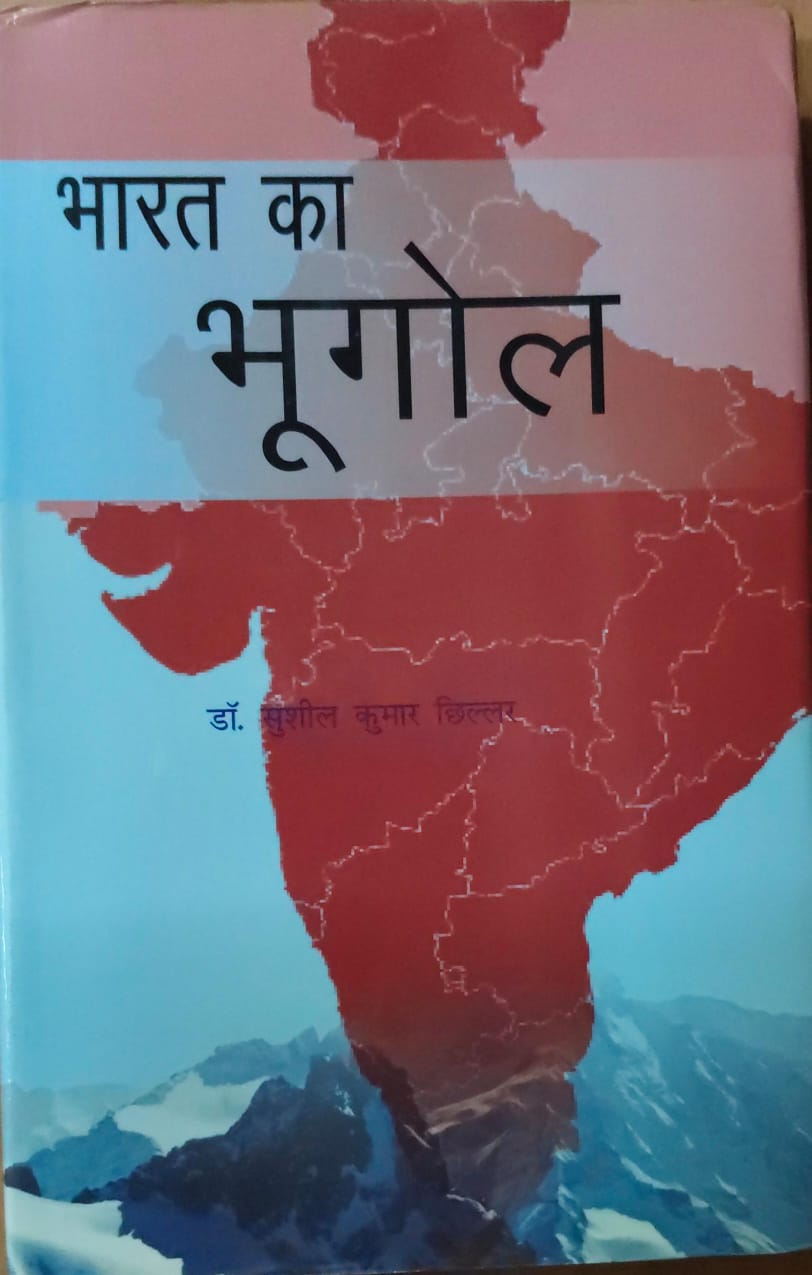- Online Book Store
- Wishlist
- Blogs
- Contact Us
- Login / Register
-
Subjects
- Agriculture
- Anthropology
- Architecture
- Ayurveda
- Biography
- Chemistry
- Children Books
- Commerce / Economics / Management
- Competition / Placement
- Computer
- Education
- Encyclopedia / Reference / General
- Engineering & Technology
- English Literature / Language
- Environmental Science
- Food & Home Science
- Geography
- Geology
- Hindi
- History
- Home Page Book
- Home Science
- Hospital Management
- Journalism / Mass Communication
- Journals
- Law
- Library & Information Science
- Life Sciences / Biotechnology
- Material Science
- Mathematics
- Medical/Nursing/Hospital/Pharmaceutical
- Physics
- Political Science
- Psychology
- Rare Books
- Religion
- Research Method
- Sanskrit / Indology
- School Book
- Social Work
- Sociology
- Water Science
- Women Studies
- Yoga / Sports / Health
- Yoga,
- Home
-
Subjects
- Agriculture
- Anthropology
- Architecture
- Ayurveda
- Biography
- Chemistry
- Children Books
- Commerce / Economics / Management
- Competition / Placement
- Computer
- Education
- Encyclopedia / Reference / General
- Engineering & Technology
- English Literature / Language
- Environmental Science
- Food & Home Science
- Geography
- Geology
- Hindi
- History
- Home Page Book
- Home Science
- Hospital Management
- Journalism / Mass Communication
- Journals
- Law
- Library & Information Science
- Life Sciences / Biotechnology
- Material Science
- Mathematics
- Medical/Nursing/Hospital/Pharmaceutical
- Physics
- Political Science
- Psychology
- Rare Books
- Religion
- Research Method
- Sanskrit / Indology
- School Book
- Social Work
- Sociology
- Water Science
- Women Studies
- Yoga / Sports / Health
- Yoga,
- About
- New Releases
- Catalogue
- Events
- Institution / Universities / Colleges
- Publish With Us
- Authors
- Home
-
Subjects
- Architecture
- Computer
- Anthropology
- Agriculture
- Ayurveda
- Chemistry
- Children Books
- Competition / Placement
- Commerce / Economics / Management
- Education
- Encyclopedia / Reference / General
- English Literature / Language
- Environmental Science
- Geography
- Geology
- Hindi
- Home Science
- Hospital Management
- History
- Journalism / Mass Communication
- Law
- Library & Information Science
- Life Sciences / Biotechnology
- Mathematics
- Physics
- Political Science
- Psychology
- Religion
- Research Method
- Sanskrit / Indology
- Sociology
- Social Work
- Women Studies
- Yoga / Sports / Health
- Home Page Book
- Rare Books
- Journals
- Yoga,
- Engineering & Technology
- Food & Home Science
- Material Science
- Water Science
- Medical/Nursing/Hospital/Pharmaceutical
- School Book
- Biography
- About
- New Releases
- Events
- Catalogues
- Institution / Universities / Colleges
- Publish With Us
- Authors
Ethnobotany of Rice Weeds
Ethnobotany of Rice Weeds
- Availability: In 1 Stock
- Be the first to review this product
About the book
Several rice weeds play an important dietary role among rural poor. The weeds like Echinochloa crus-galli and Echinochloa frametaceae are used as human food in several Asian countries. Grain amaranths which are major weeds in upland ecosystem in a staple diet of many tribal of India subcontinent. Rice not only does not contain any cholesterol, but brown rice may have a cholesterol lowering effect due to the oil makeup of the bran. Rice-bran oil lowers cholesterol more effectively than sunflower, corn and safflower oils. The selective forces imposed by agricultural practices have resulted in the evolution of agricultural races of weeds or agroecotypes. Some agroecotypes are intimately associated with a specific crop. Such associations can involve a system of mimicry, whereby the weed resembles the crop at specific stages during its life history and, as a result of mistaken identity, evades eradication. Mimetic forms of weeds are most likely to be selected by hand weeding of seedlings or by harvesting and seed cleaning procedures. It is an indispensable book for every researcher, teacher, planner, and students to strengthen the agriculture and food security. Based on his own work over the number of years and that of others before him, the author presents in this book ethno biological value of rice weeds.
Contents:
- Introduction
- Weed Management in Rice
- Rice Cultivation
- Aquatic Organisms in Rice Based Farming
- Models of Weedy Rice Evolution
- Weed Risk Assessment in Plant Species
- Tools to Evaluate Cold Stress in Rice
- Parameters for Weed Crop Competition
- Rice Germination and Seedling Development
| Title | Ethnobotany of Rice Weeds |
| Author | Dr. Nupur Prasad |
| ISBN | 9789352694686 |
| Publisher | Random Publications |
| Binding | Hardcover |
No Tag(s).
Bought a Product, Please login & give your review !!
No Review(s).
Bought a Product, Please login & give your review !!




















































